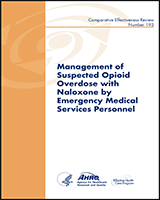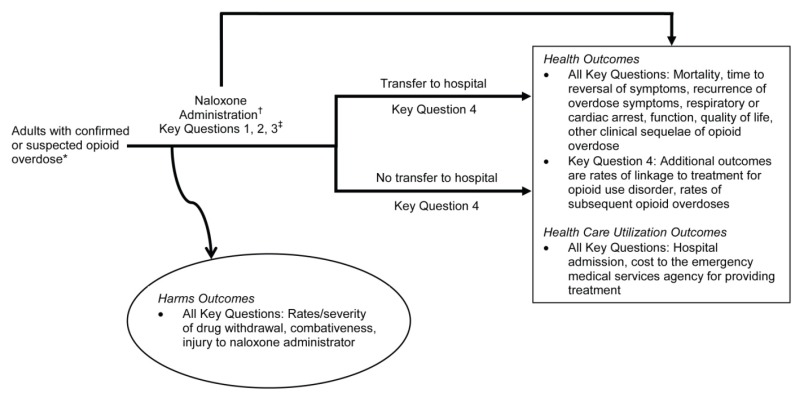From: Introduction

Management of Suspected Opioid Overdose With Naloxone by Emergency Medical Services Personnel [Internet].
Comparative Effectiveness Reviews, No. 193.
Chou R, Korthuis PT, McCarty D, et al.
Rockville (MD): Agency for Healthcare Research and Quality (US); 2017 Nov.
NCBI Bookshelf. A service of the National Library of Medicine, National Institutes of Health.
